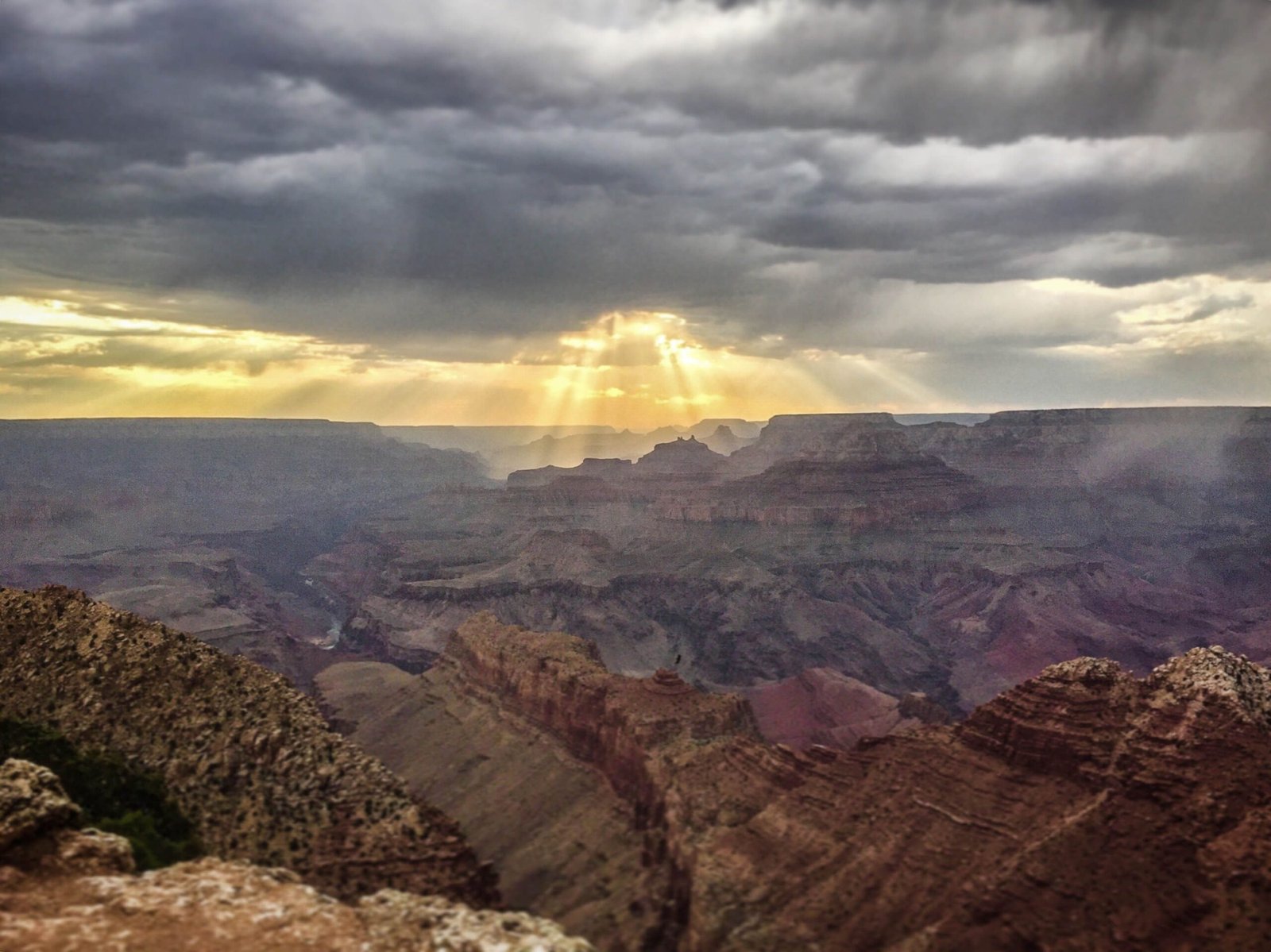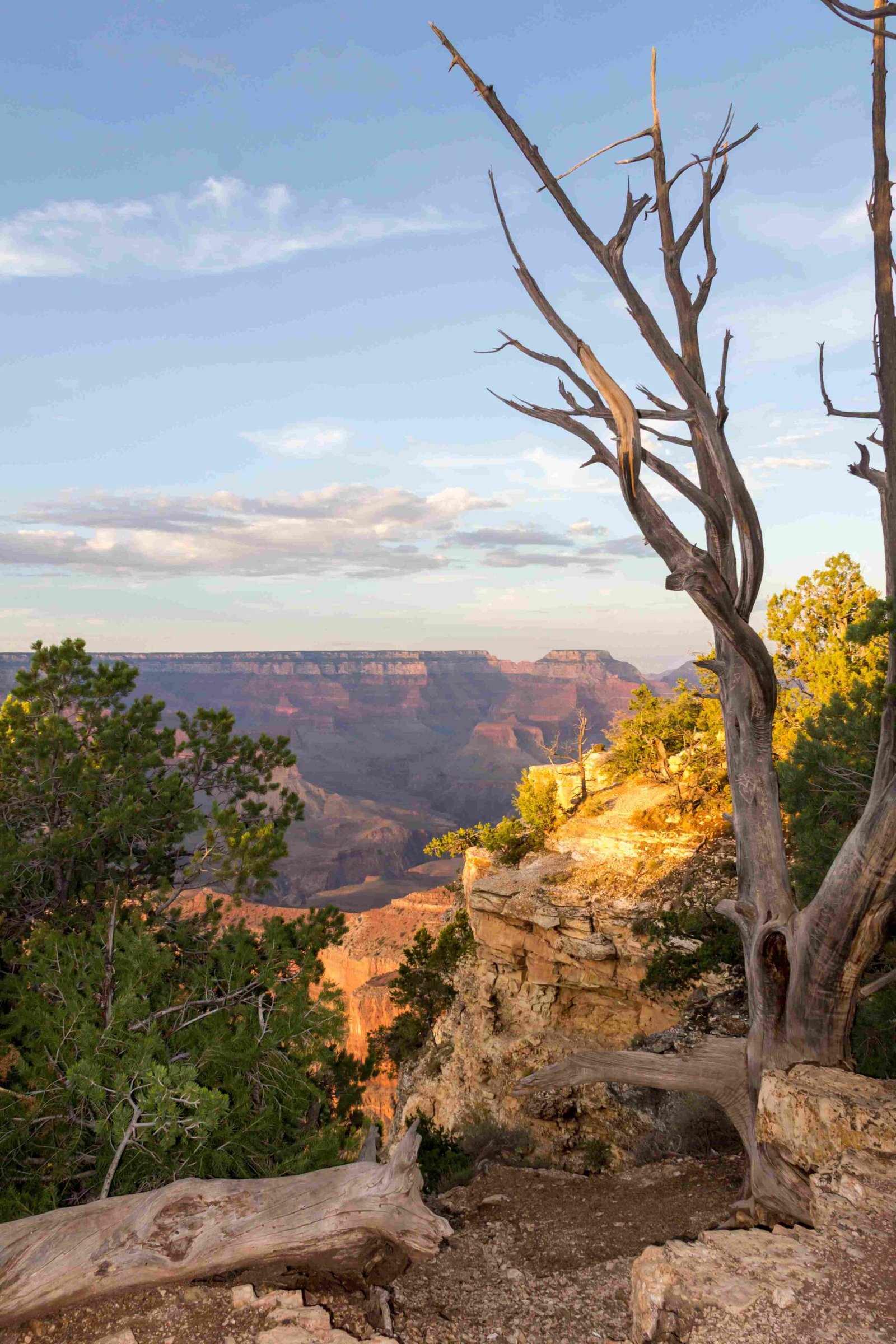The Grand Canyon’s dramatic landscape emerged through a complex 75-million-year geological journey, characterized by massive tectonic uplift, erosional forces, and intricate rock layer transformations. This extraordinary natural phenomenon represents one of Earth’s most remarkable geological narratives, where the Colorado Plateau’s vertical elevation and the Colorado River’s persistent erosion collaborated to create a breathtaking canyon system exposing nearly two billion years of planetary history.
What Triggered the Grand Canyon Uplift?

Origins of Tectonic Movement
The Grand Canyon uplift originated during the Laramide orogeny, a significant mountain-building event approximately 75 million years ago. This geological process involved substantial vertical displacement of the Colorado Plateau, creating fundamental changes in the region’s topographical structure.
Key Geological Phases
- Precambrian Foundation: Initial rock formations dating back 1.2 billion years
- Tectonic Activation: Uplift beginning around 75 million years ago
- Continuous Transformation: Ongoing geological modifications
Mechanisms of Vertical Displacement
| Geological Phase | Time Period | Vertical Movement | Primary Characteristics |
|---|---|---|---|
| Early Precambrian | 1.2-740 Million Years Ago | Minor Displacement | Rift Basin Formation |
| Laramide Orogeny | 75 Million Years Ago | Significant Uplift | Mountain Range Development |
| Cenozoic Era | Last 6 Million Years | Continued Elevation | Canyon Incision |
How Did Erosional Processes Shape the Landscape?

Colorado River’s Role
The Colorado River emerged as the primary sculptor of the Grand Canyon, systematically carving through rock layers at an estimated rate of 1-2 millimeters annually. This persistent hydraulic erosion exposed intricate geological strata, creating a remarkable cross-section of Earth’s history.
Erosion Mechanisms
- Chemical weathering of limestone layers
- Hydraulic downcutting by river currents
- Lateral erosion from tributary streams
- Mass-wasting events contributing to landscape transformation
What Rock Layers Tell Us About Uplift?
Sedimentary Record
The Grand Canyon reveals approximately 40 major sedimentary rock layers, ranging from 200 million to nearly 2 billion years old. These layers provide a comprehensive geological narrative:
- Precambrian Base: Vishnu Schist and Zoroaster Granite
- Paleozoic Sequence:
- Cambrian Muav Limestone
- Mississippian Redwall Limestone
- Pennsylvanian-Permian Supai Group
- Permian Kaibab Limestone
Why Is Grand Canyon Uplift Scientifically Significant?
Research Implications
The Grand Canyon uplift represents a critical case study in understanding:
– Tectonic plate movements
– Long-term geological transformation processes
– Climate change impacts on landscape evolution
Visitor Exploration Opportunities
Geological Tours and Programs
- Ranger-led geological walks
- Trail of Time interpretive exhibit
- Educational programs explaining uplift mechanisms
Accessibility
- Wheelchair-accessible geological trails
- Interpretive centers with detailed geological exhibits
- Guided tours explaining complex geological processes
Conclusion
The Grand Canyon uplift exemplifies Earth’s dynamic geological history, showcasing how tectonic movements, erosional forces, and time collaborate to create extraordinary landscapes.

